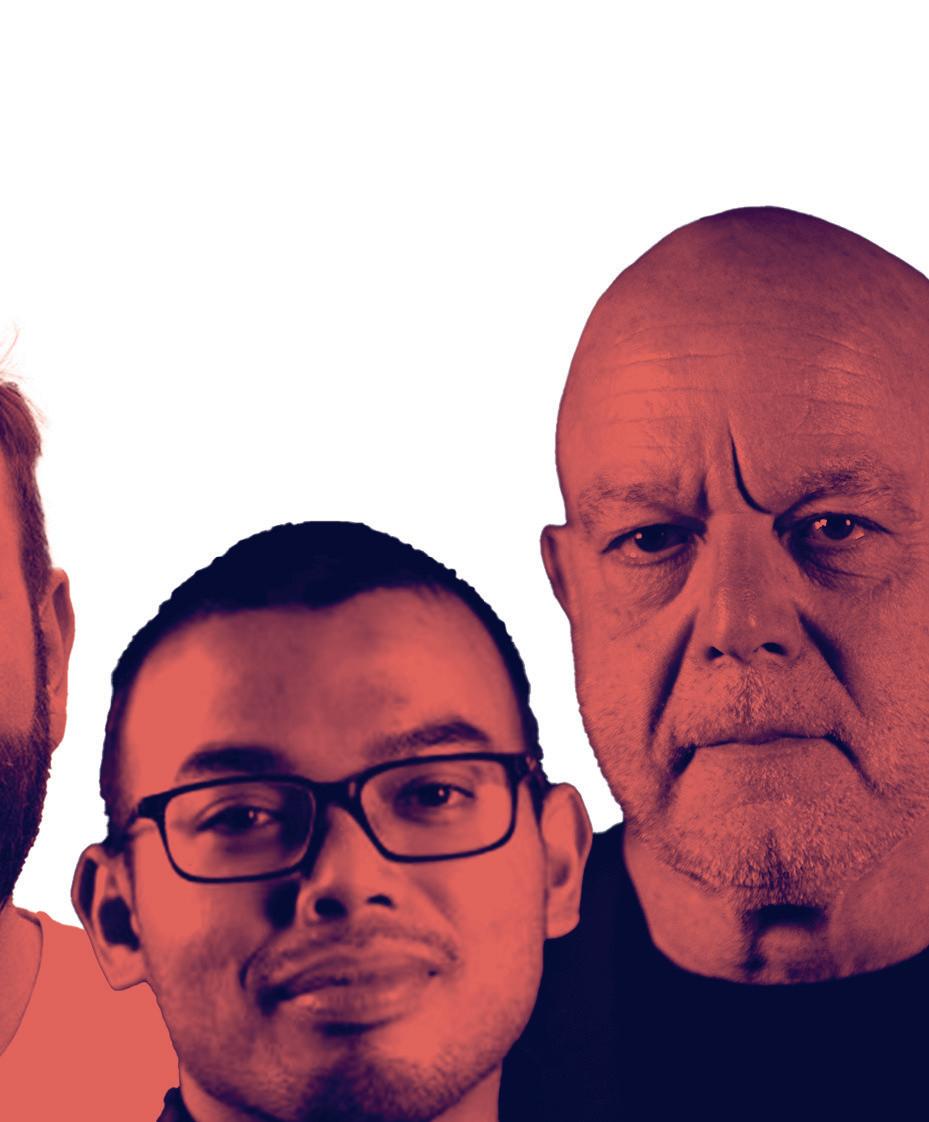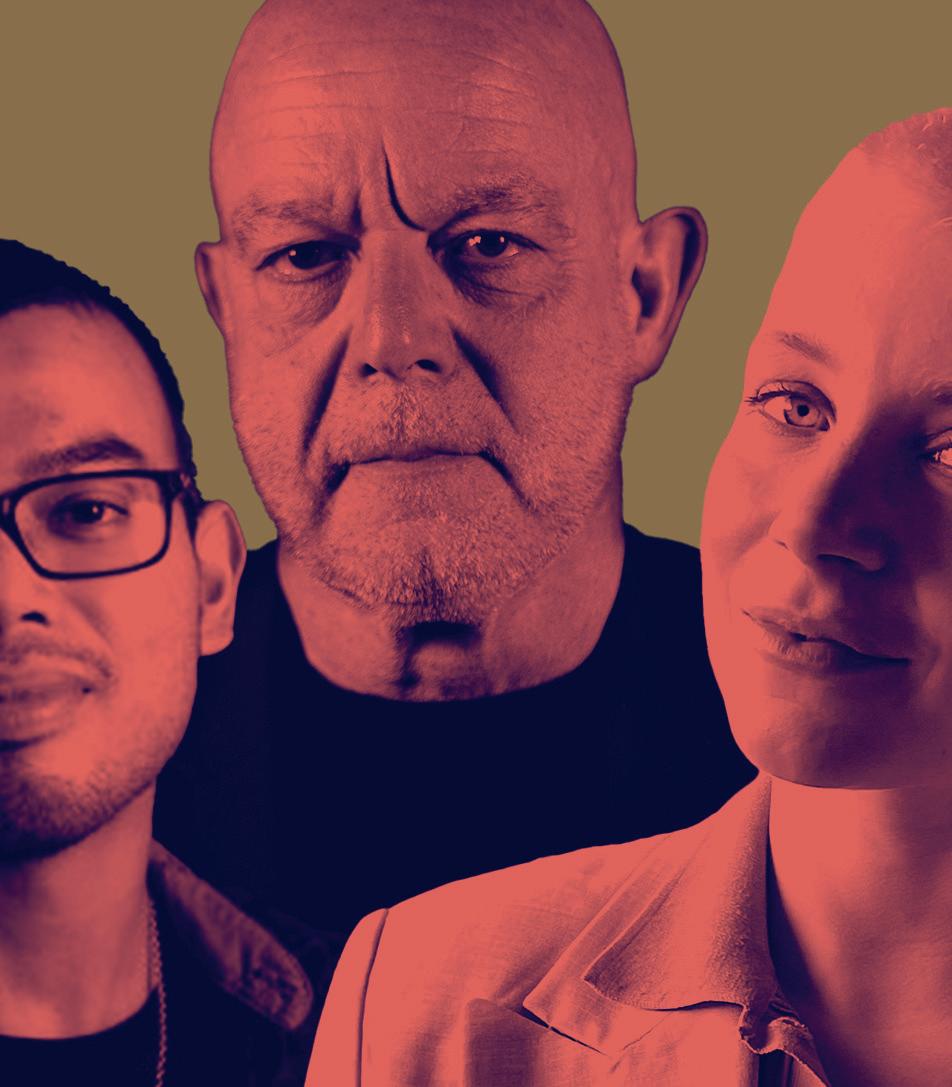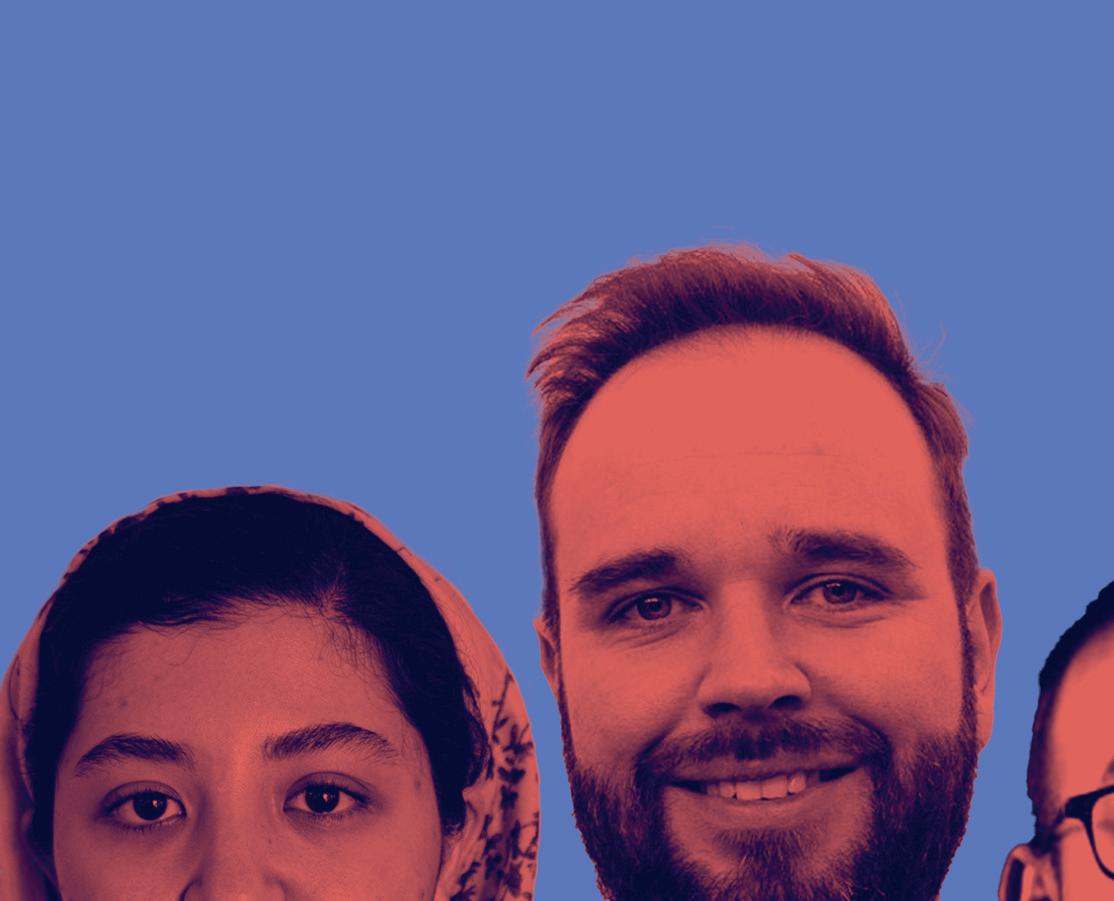
3 minute read
Preface


Advertisement




AMSTERDAM, OCTOBER 2022
The past two years were marked by some deeply disruptive developments on the international stage – the Covid-19 pandemic, Russia’s military invasion of Ukraine and the very recent devastating heatwaves in India and Pakistan, to name a few. Inequality, increasing political and societal polarisation, alt-right sentiments and the violation of basic human rights are on a steep and, frankly, scary global rise. Crises aplenty – housing, education, energy, food, (mental) health. Not to mention the ever lurking doom of the climate crisis. A critical eff ect of this global state of turmoil is an escalating surge in displacement. As Radha D’Souza states in her essay: “All species migrate when survival is threatened. Even humans.”
As a result, more than ever before, exclusion by design surfaces on the micro, meso and macro level. Our systems were not designed to catch us in the event of catastrophe. At least, not all of us.
So here we are, nearly at the end of the two-year programme Designing Cities for All (DCFA) at Pakhuis de Zwijger, with support from the Creative Industry Fund NL.
An extensive and intensive period of trying to fathom what this exclusion by design entails and for whom, by looking through the lens of design at many parts of society as a whole, at systems and the cities in which they function (or dysfunction), at design practices and their effects on both the collective and the individual.
Once again, a great diversity of talent was involved: we invited designers, scientists, experts and others to participate, next to a total of three Fellows to curate part of the programme. Also, collaboration with education and knowledge institutes – among which the TU Delft, Amsterdam University of Applied Sciences, TU Eindhoven, Inholland and Artez – was set up and intensified in order to share knowledge, coproduce and inspire each other to build inclusive solutions from the ground up.
Our speakers and partners taught us about power and those who yield it, about (self)care and what true participation looks like. About inclusion and why the word ‘inclusion’ can actually be quite exclusionary – after all, someone has to decide who is included. These insights led us to the decision to develop the DCFA Design Principles – a culmination of the foundational lessons learned in our search towards designing for all. Additionally, we wanted to not just
make them available to readers, but put them in a living document, in which we invite everyone to add, comment, challenge, criticise – simply put, co-create. You can find the QR-code at the bottom of this page.
Another lesson from the last two years is that to truly design for all, we need to extend our gaze beyond the human. In this second DCFA essay book, multiple contributions focus on nature-inclusive design. Proceeding to create a world in which humans can only thrive at the expense of other living things is neither sustainable nor just.
This is why this ending is not a conclusion, but rather, the end of the beginning. Together with many, we’ve laid the groundworks. Now, the aim is to delve deeper into what it looks like to design for all, for all living creatures, for all contexts, for a common future, for regeneration. As Setareh Noorani writes: to sustain alllife.
We hope you’ll join our quest.
The DCFA team,
ROMY HEYMANS HEAD OF PROGRAMME FOLKERT LODEWIJKS PARTNERSHIPS JONATHAN TJIEN FOOH PROGRAMME MAKER EGBERT FRANSEN DIRECTOR PAKHUIS DE ZWIJGER FAEZEH MOHAMMADI PROGRAMME MAKER










